
Bucloc, officially the Municipality of Bucloc, is a 6th class municipality in the province of Abra, Philippines. According to the 2020 census, it has a population of 2,395 people.

Dolores, officially the Municipality of Dolores, is a 5th class municipality in the province of Abra, Philippines. According to the 2020 census, it has a population of 11,512 people.
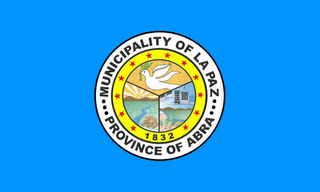
La Paz, officially the Municipality of La Paz, is a 5th class municipality in the province of Abra, Philippines. According to the 2020 census, it has a population of 16,493 people.
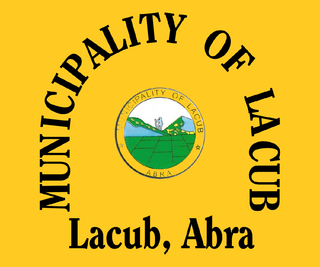
Lacub, officially the Municipality of Lacub, is a 5th class municipality in the province of Abra, Philippines. According to the 2020 census, it has a population of 3,612 people.
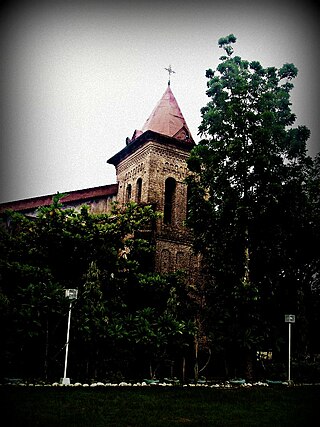
Lagangilang, officially the Municipality of Lagangilang, is a 5th class municipality in the province of Abra, Philippines. According to the 2020 census, it has a population of 14,914 people.

Lagayan, officially the Municipality of Lagayan, is a 5th class municipality in the province of Abra, Philippines. According to the 2020 census, it has a population of 4,488 people.

Langiden, officially the Municipality of Langiden, is a 5th class municipality in the province of Abra, Philippines. According to the 2020 census, it has a population of 3,576 people.

Licuan-Baay, officially the Municipality of Licuan-Baay, is a 5th class municipality in the province of Abra, Philippines. According to the 2020 census, it has a population of 4,566 people.

Luba, officially the Municipality of Luba, is a 5th class municipality in the province of Abra, Philippines. According to the 2020 census, it has a population of 6,518 people.
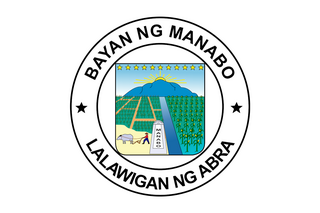
Manabo, officially the Municipality of Manabo, is a 5th class municipality in the province of Abra, Philippines. According to the 2020 census, it has a population of 11,611 people.

Peñarrubia, officially the Municipality of Peñarrubia, is a 6th class municipality in the province of Abra, Philippines. According to the 2020 census, it has a population of 6,951 people.

Pidigan, officially the Municipality of Pidigan, is a 5th class municipality in the province of Abra, Philippines. According to the 2020 census, it has a population of 12,475 people.

Pilar, officially the Municipality of Pilar, is a municipality in the province of Abra in the Cordillera Administrative Region of the Philippines. The population was 10,146 at the 2020 census.

Sallapadan, officially the Municipality of Sallapadan, is a 5th class municipality in the province of Abra, Philippines. According to the 2020 census, it has a population of 6,389 people.

San Isidro, officially the Municipality of San Isidro, is a 5th class municipality in the province of Abra, Philippines. According to the 2020 census, it has a population of 4,745 people.

San Juan, officially the Municipality of San Juan, is a 5th class municipality in the province of Abra, Philippines. According to the 2020 census, it has a population of 10,688 people.

Tayum, officially the Municipality of Tayum, is a 5th class municipality in the province of Abra, Philippines. According to the 2020 census, it has a population of 14,869 people.
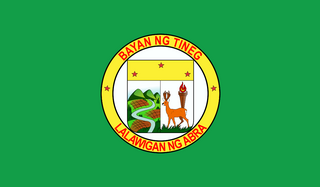
Tineg, officially the Municipality of Tineg, is a 2nd class municipality in the province of Abra, Philippines. According to the 2020 census, it has a population of 4,977 people.

Tubo, officially the Municipality of Tubo, is a 4th class municipality in the province of Abra, Philippines. According to the 2020 census, it has a population of 5,674 people.
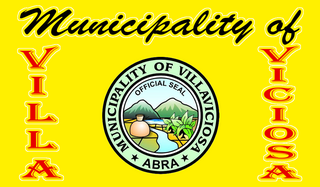
Villaviciosa, officially the Municipality of Villaviciosa, is a 5th class municipality in the province of Abra, Philippines. According to the 2020 census, it has a population of 5,675 people.
























